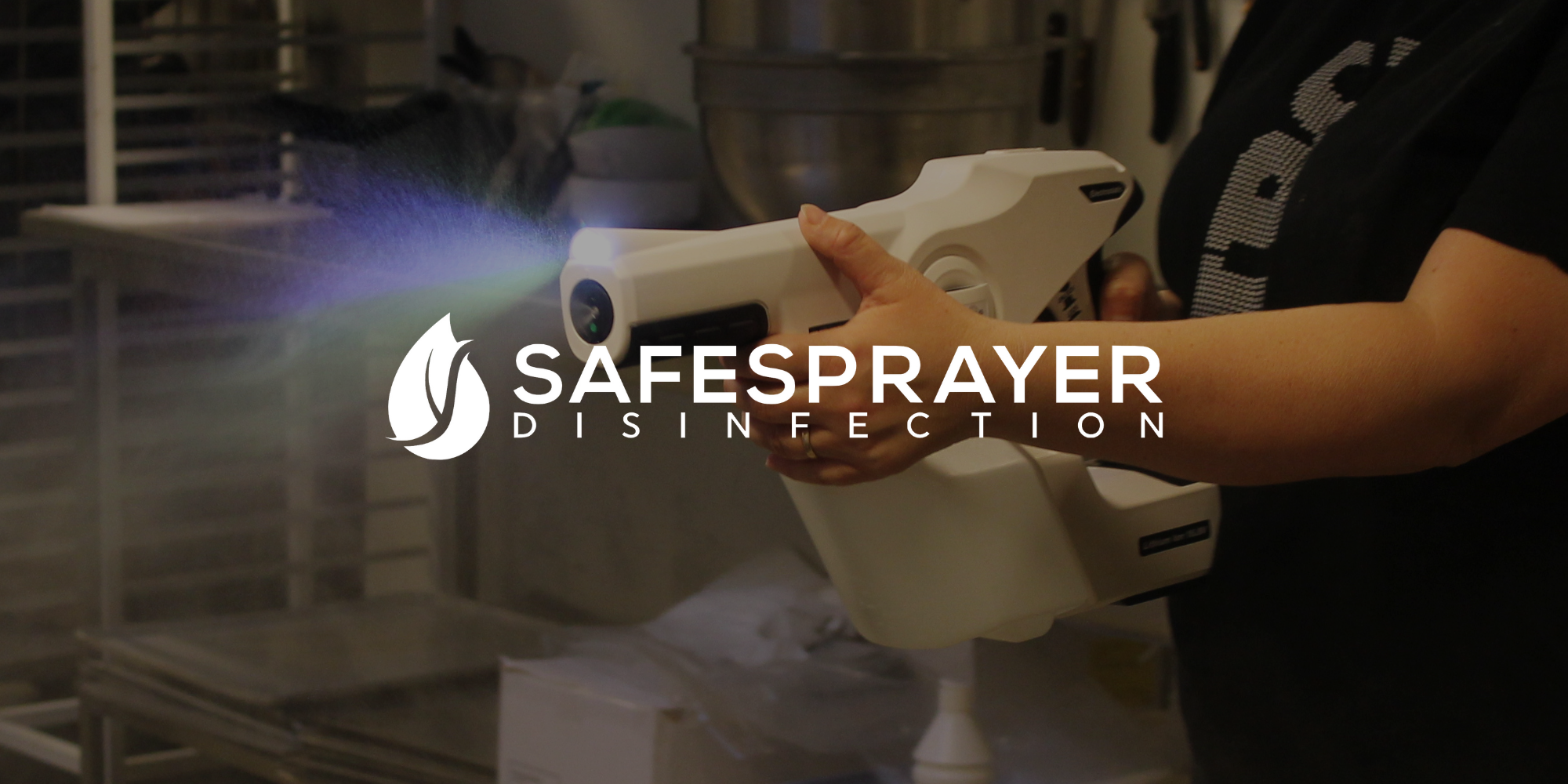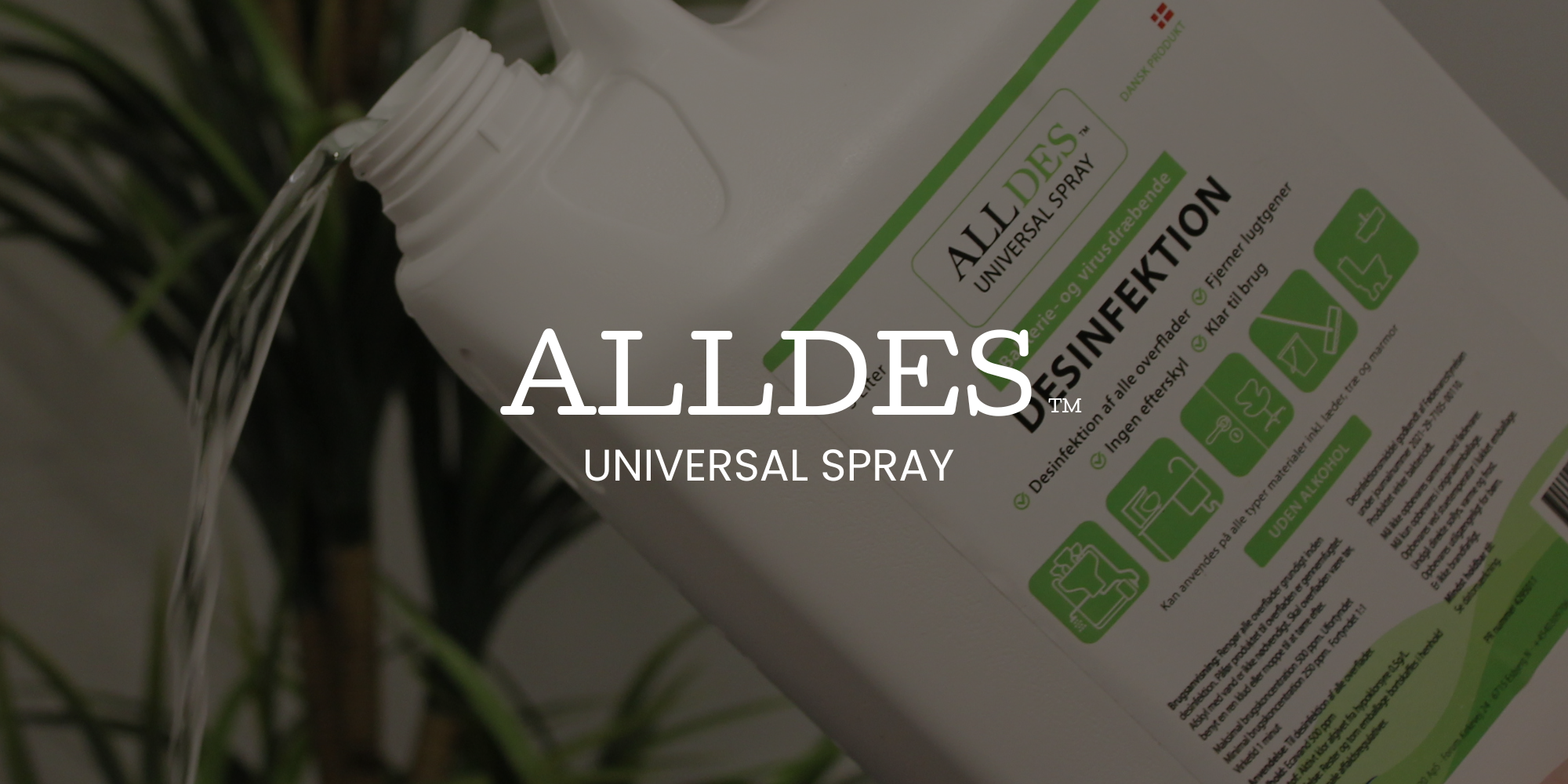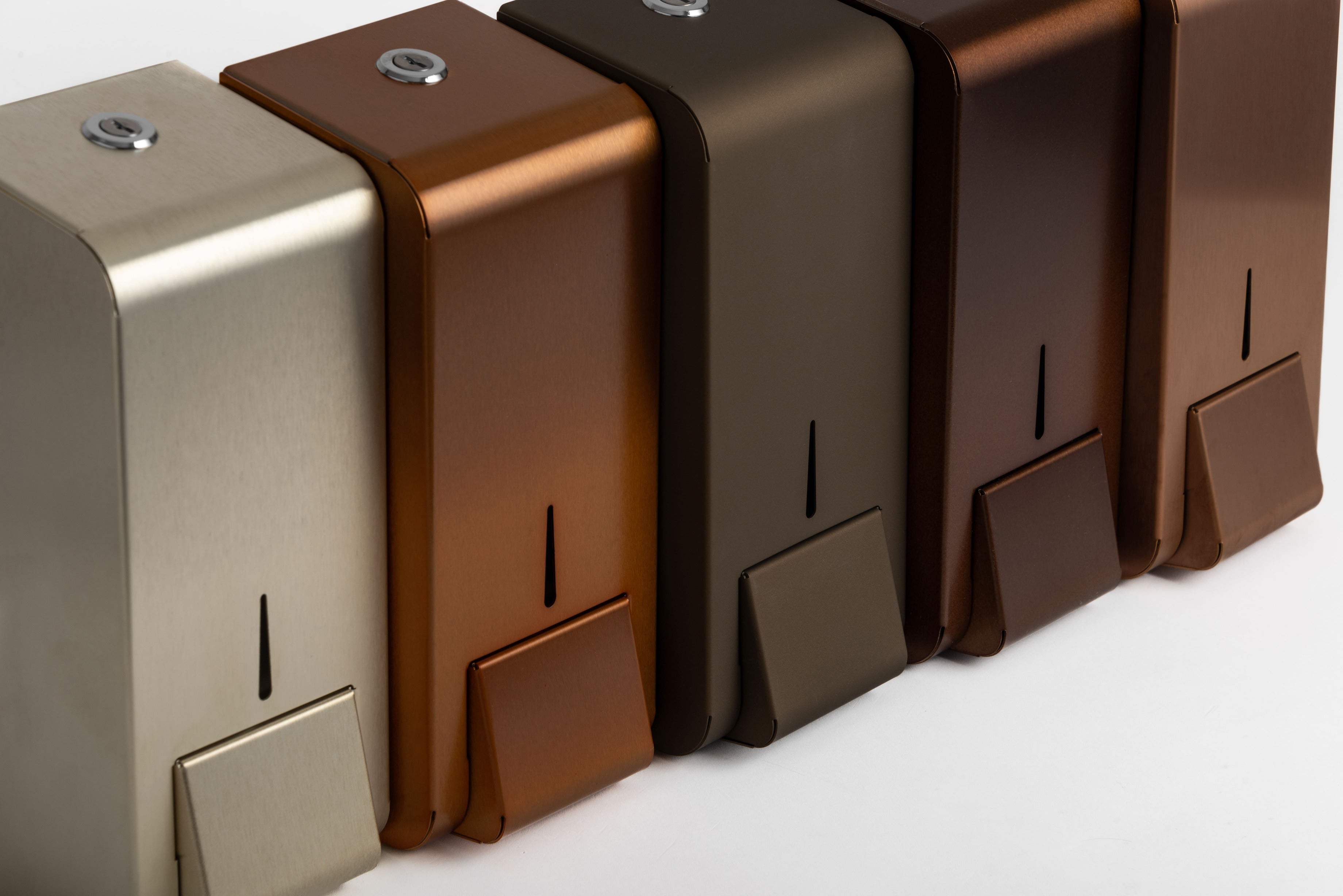Maintaining a high hygiene standard in a large kitchen is crucial to ensure food safety and prevent foodborne illnesses. Bacteria such as Campylobacter and Salmonella can spread quickly if cleaning, disinfection, and proper handling of food items are not managed. In this guide, we will go through the key steps you need to follow to ensure that your large kitchen is clean, safe, and compliant with the highest hygiene requirements.
1. Basic cleaning and disinfection
- Daily cleaning: Ensure that all surfaces, utensils, and equipment are thoroughly cleaned and disinfected after each use. This includes cutting boards, knives, and storage areas. Use cleaning agents and disinfectants that are specifically designed for food environments to avoid chemical contamination and ensure that bacteria such as Campylobacter and Salmonella are effectively killed.
- Disinfection: After cleaning, it is essential to use disinfectants that effectively kill bacteria and viruses. Remember to follow the manufacturer's instructions for contact time and dilution.
2. Ensuring proper cooking temperature
- Cooking: To kill harmful bacteria, it is important that food items are cooked at the right temperature. For example, poultry should be cooked to at least 75°C, while minced meat should reach 70°C. Use a reliable food thermometer to ensure that these temperatures are correctly achieved.
- Heat treatment: Ensure that food is heat-treated long enough to ensure that all pathogens are killed, especially when cooking large pieces of meat and poultry.
3. Preventing cross-contamination
- Separate zones: Divide the kitchen into different zones for handling raw food and cooked food. Use different cutting boards and knives for raw meat, fish, vegetables, and cooked food to avoid cross-contamination.
- Storage: Ensure that raw food is always stored at the bottom of the refrigerator so that it does not drip onto prepared foods or ingredients that do not need further cooking.
4. Proper handling of raw materials
- Receiving: When receiving raw materials, it is important to check that they are stored at the correct temperature and are fresh. This reduces the risk of bacteria being introduced into the kitchen.
- Storage: Keep all food at the recommended temperatures. Meat and dairy products should be kept at or below 5°C, while frozen goods should be stored at -18°C or lower.
5. Personal hygiene
- Handwashing: Ensure that all kitchen staff wash their hands regularly and thoroughly with soap and water, especially after handling raw meat and before touching prepared foods.
- Protective equipment: Use gloves, hairnets, and clean aprons to minimize the risk of contamination.
Frequently Asked Questions (FAQ):
1. Why is Campylobacter a particular concern in large kitchens?
Campylobacter is one of the most common causes of bacterial foodborne infections. It is often found in raw poultry and can cause severe gastrointestinal infections if not eliminated through proper cooking and handling.
2. What temperatures should I ensure for different types of food?
- Poultry: Minimum 75°C
- Minced meat: Minimum 70°C
- Fish: Minimum 60°C
- Leftovers and soups: Minimum 75°C
3. How can I ensure that my cleaning methods are adequate?
The most important thing is to use cleaning agents and disinfectants that are approved for use in food industry environments. Always follow the manufacturer's instructions and ensure that surfaces have sufficient contact time with the disinfectant.
4. What is the most effective way to avoid cross-contamination?
Separate raw and cooked foods both during storage and preparation. Use separate kitchen utensils and store raw materials at the bottom of the refrigerator. Additionally, ensure that staff follow good hand hygiene.
5. How can I teach my staff about proper hygiene practices?
Regular training and education are key. Consider holding workshops and ensure that everyone is updated on the latest guidelines and procedures for food safety.
By following these steps, you can ensure that your large kitchen remains a safe environment where foodborne illnesses can be effectively prevented.



















